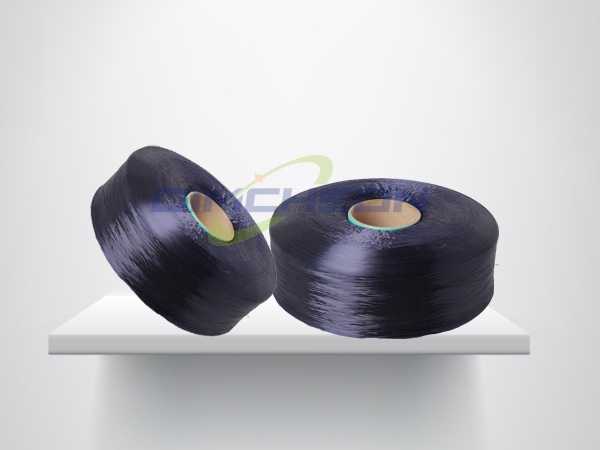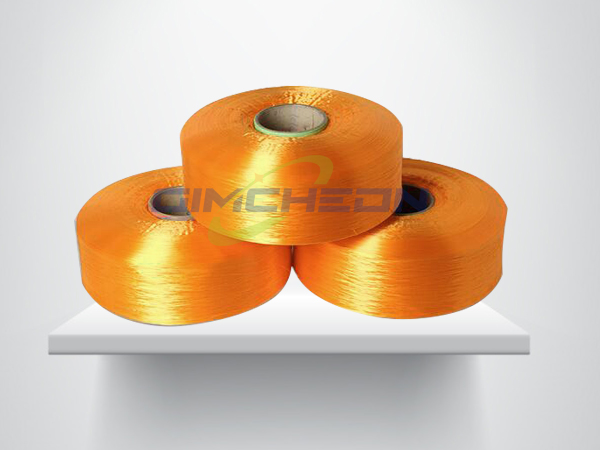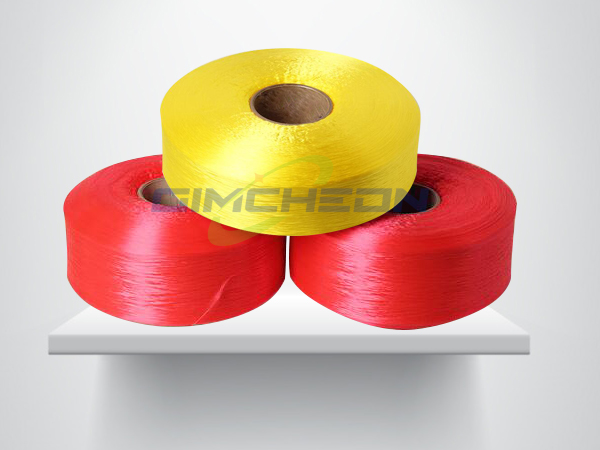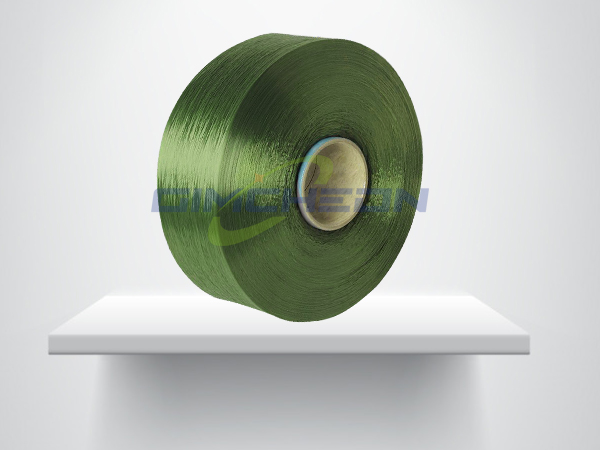

- Tel:0086-0595-83993333
- cel:0086-13506902333
- E-mail:admin@jqfibre.com
- add:Longshi Road, Fashion Apparel Industrial Park, Longhu Town, Jinjiang City, Fujian
PP yarn is one of the common fabrics of the market, but everyone does not seem to be aware of polypropylene yarn, only know that it can be used as a rope. In fact, polypropylene gauze plays a role in many ways, making it convenient for our lives.
First, the PP yarn has an indelible "credit" in many clothes. Of course, the polypropylene yarn is in terms of carpet, rope, fishing net, building materials, etc. also. So what is the raw material of the PP yarn with "18th martial arts"? If you want to know more about PP yarn materials, let Xiaobian unveiled the mystery of PP yarn raw materials.
In fact, the raw material of the PP yarn is polypropylene. So what is polypropylene? Polypropylene is a Chinese product name for synthetic fibers made by petroleum refining by-product propylene as raw materials. Also known as polypropylene fibers. The raw material has a rich source of raw materials, simple production process, low product price is relatively low in other synthetic fibers. It is a fiber made of polymerization, melt spinning by propylene.
Polypropylene is officially opened in 1957, which is the next show in synthetic fibers. Because the polypropylene has a brief production process, the product is low, the strength is high, the relative density is light, so the polypropylene is developing very quickly. At that time, the polypropylene is already the fourth largest type of synthetic fibers, which is the lightest fiber in chemical fibers. The polypropylene produces short fibers, filaments and lysed film fibers. The polypropylene film fiber is to prepare polypropylene to the film, and then stretch the film so that it is divided into a fiber.
Polypropylene varieties have filaments (including uncular filaments and expandable filaments), short fibers, mane, membrane cracking fibers, hollow fibers, shaped fibers, various composite fibers, and nonwoven fabrics. The main purpose is to make carpets (including carpet fabric and suede), decorative fabrics, furniture cloth, various ropes, strips, fishing nets, oil-absorbent felts, building enhancements, packaging materials and industrial fabrics, such as filter cloth, bag cloth Wait.
In addition, the application is also increasingly widely used in clothing, and can be made into different types of blended fabrics with various fiber blended fabrics. After knitting, it can be made into a shirt, outer coat, sportswear, socks, etc. The flocculated by the polypropylene hollow fiber is light, warm, and the elasticity is good. Polypropylene is not contained in the macromolecular construction of chemical groups that can be contacted with the dye, so the dyeing is difficult. Generally, a melt coloring method is generally selected, and the pigment preparation and the polypropylene polymer are uniformly mixed in the screw extruder, and the mixed non-ferrous fiber color fastness is high.
Another method is to copolymerize or graft copolymerization or grafting of acrylic acid, acrylonitrile, vinylpyridine such that the polymer macromolecule can introduce a polar group that can contact the dye, and then directly in dyeing. Various additives are often required in the process of polypropylene, which is often needed to improve dyeness, light resistance and resistance.
Jinjiang Dako Textile Co., Ltd. was founded in 2011, where the "brand capital" Jinjiang, convenient transportation, 7 km from Jinjiang International Airport. The company is now covered by about 30 mu. The building area is about 20000m2. It is a professional company that is engaged in R & D, production and sales of polypropylene filaments.
Our company has 20 polypropylene FDY production lines and several supporting equipment. It mainly produces 300D-1200D models of polypropylene regeneration yarn, polypropylene color yarn, and gratic gauze in polypropylene, with an annual output value of about 7,000 tons. Deco Textile adheres to the spirit of Jinjiang people to win, and has developed anti-aging, anti-ultraviolet, antibacterial, anti-static, anti-flame retardant functional fibers.
- How about clothes made of polypr
- The clothing industry is undergo
- Application field of polypropyle
- The dust of the US election has
- What are the broad uses of Texco
- Operation analysis of China's in
- From January to August this year
- Characteristics of polypropylene
- Application of polypropylene lig
- Textile industry scale and curre




